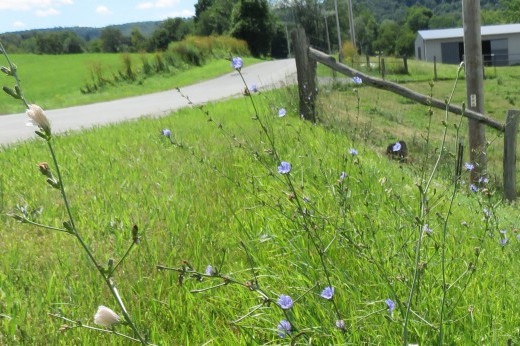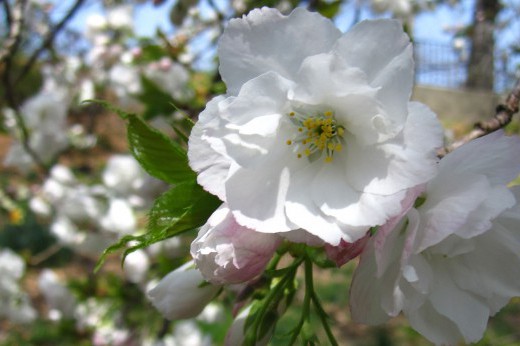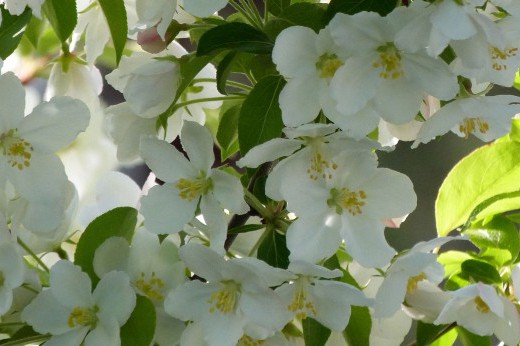Topics
Special Series
Plant Choices
-
Weed of the Month: Chicory
Its roots taste like coffee, its leaves taste like dandelion greens, and its blue flowers will be gone before you know it.
By Saara Nafici -
Agastache: Fragrant Foliage and Colorful Blooms
This lovely, sweet-smelling mint relative will add color and attract pollinators to you garden in summer and fall.
By Bob Hyland -
The Asparagus Pea
This pretty legume has deep red flowers and lovely frilled seedpods, which are edible and taste like asparagus. They are delicious in a salad with shrimp, tofu, and chile paste (recipe included).
By Scott D. Appell -
Red-Stemmed Malabar Spinach
Easy to grow and delicious to eat, this vigorous vine is unrelated to true spinach but produces abundant large leaves that are remarkably spinachlike. It's also much better suited for summer growing than its better-known namesake.
By Scott D. Appell -
Irises for Summer and Fall
Reblooming and late-blooming iris cultivars extend the season for this garden favorite.
By Barbara Perry Lawton -
Plant a Cherry Tree of Your Own
Flowering cherry trees make great additions to a home garden or back yard. They come in all shapes and sizes and can grow well in many different types of soil.
-
Bloom Alert: Magnolia Plaza
The early-blooming specimens have blossomed, with later ones to follow throughout April and early May.
By Wayken Shaw -
Japanese Flowering Apricot
This early-blooming ornamental tree is ideal for small gardens or as an accent in larger landscapes.
By T. Meghan Ray -
The Best Crabapple Trees for Your Garden
Experts recommend these ten Malus cultivars for their beautiful blooms, lovely fruit, and disease-resistance. Among the showiest of spring bloomers, crabapples are also wonderful foliage plants in summer and fall, and they provide beautiful fruit displays late in the season.
By Erik A. Draper, James A. Chatfield, and Kenneth D. Cochran -
What’s Happening to These Leaves?
These rhododendrons aren't wilting. Their curled leaves are a response to the cold. Charles Darwin first wrote about such movements in plants in 1880, but this response is a still not well-understood.
By Ashley Gamell











